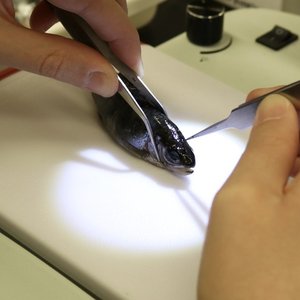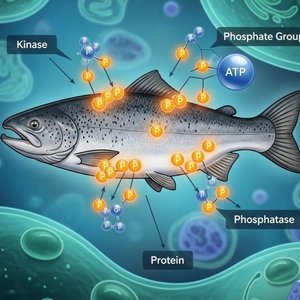Introduction
In Virginia and throughout the United States, freshwater and saltwater finfish and shrimp aquaculture is expanding rapidly. During the cultivation of most marine finfish and shrimp species - as well as some freshwater species – live feeds are an essential component during the larviculture stage. During larviculture, the rotifer is the most commonly used live feed upon transition of the larvae from endogenous (internal energy reserves) to exogenous (external) feeding. Upon completion of the rotifer stage, the most commonly used live feed prior to conversion of the larva to a dry diet is Artemia. the larviculture production system. As such, all Artemia production and storage procedures must be conducted utilizing hygienic production protocols and proper hatchery sanitation procedures. This document provides the background, rationale, and detailed production protocols for all stages of high-quality Artemia culture.
Keywords
Artemia, live feeds
Author(s)
Brendan C. Delbos, Research Specialist, Virginia Seafood Agricultural Research and Extension Center
Michael H. Schwarz, Extension Aquaculture Specialist, Virginia Seafood Agricultural Research and Extension Center
Publication
Virginia Cooperative Extension, Virgina Sea Grant. Publication 600-106, 2009.
Download as PDF from link below:
artemia-culture-for-intensive-finfish-and-crustacean-larviculture







